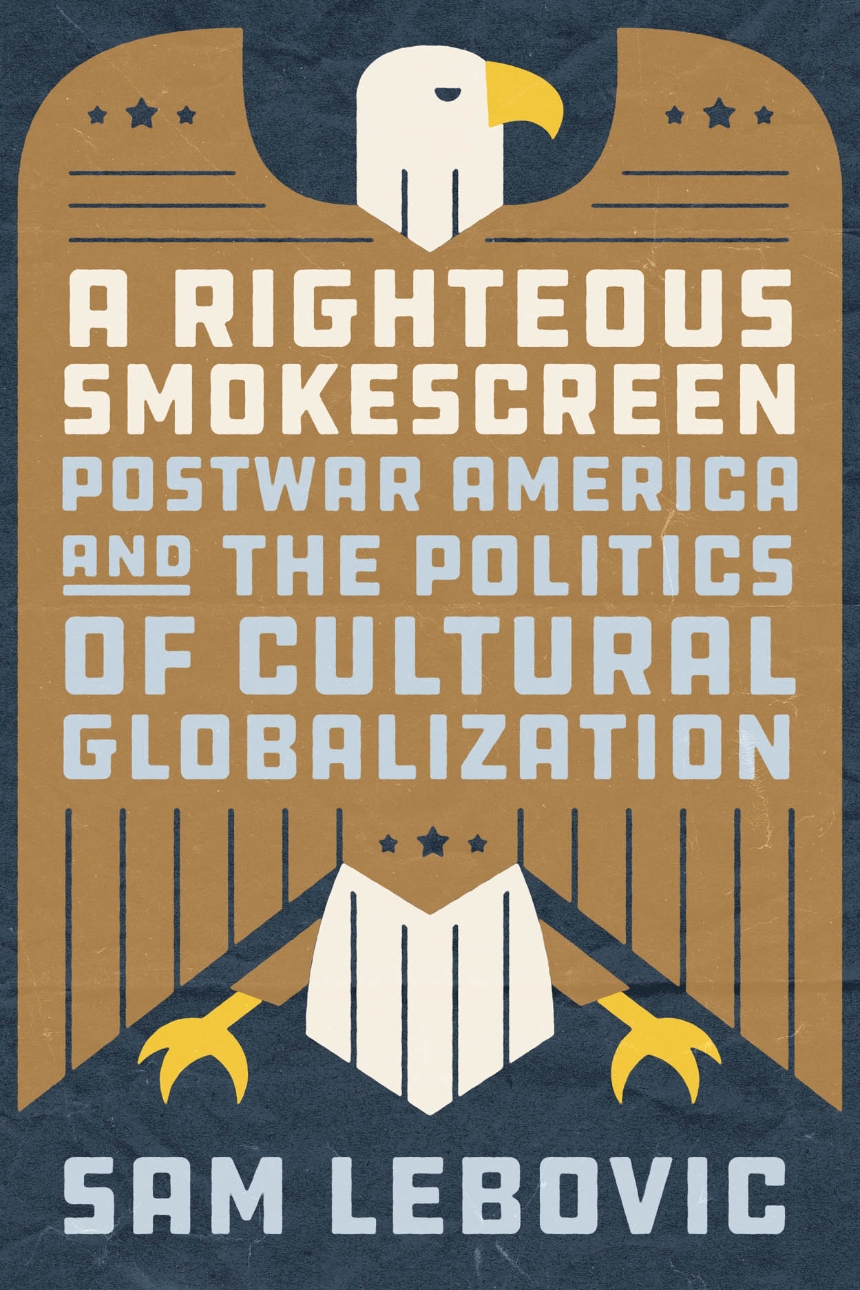
Graphicarts/Getty Images
Yours truly actually remembers this scene when Gramps bought a very early RCA color tv during the halcyon mid 50s when the government was in the black and America was the hegemon of the world. Separated by two oceans, the US created a unique pop culture other countries gravitated to while at the same time, the lack of knowledge on the part of the US regarding other countries remains even today, both astounding and disturbing without question.
In the mid-1990s, an American college student named Max Perelman was traveling through Sichuan, China, more than 1,500 miles from Beijing. While holed up in the southwestern province during the winter months, he encountered a group of Tibetan travelers heading to their capital, Lhasa. The group embraced the young American, sharing food from their rucksacks, perhaps over a fire or in a hostel. The Tibetans had apparently never traveled far from their village before nor had they seen technology like Perelman’s camera. Yet at some point in the conversation, one of the Tibetans turned to Perelman and asked: How is Michael Jordan doing?
That these Tibetan travelers in rural China not only knew about an American sports league but also followed one of its stars and his team—the “Red Oxen,” as the Chicago Bulls are known in Asia—reveals a defining feature of the contemporary international order: The rest of the world is glued to the United States. Foreigners follow American news stories like their own, listen to American pop music, and watch copious amounts of American television and film (in 2016, the six largest Hollywood studios alone accounted for more than half of global box office sales). Sometimes the attention cast toward American culture comes at the expense of foreigners knowing about their own countries. Canadians, a 2008 study found, tend to know more about American history than about their own national history.
Exporting culture equates to soft power of a different kind.
The story of how the U.S. came to dominate global culture—the French called it “coca-colonization”—is one that has been told before. The focus of A Righteous Smokescreen is broader. It is a study of both sides of the globalization ledger: As the U.S. exported its culture in astonishing amounts, it imported very little. In other words, just as the U.S. took command as the planetary superpower, it remained surprisingly cut off from the rest of the world. A parochial empire, but with a global reach.
Lebovic picks apart the lofty rhetoric of reciprocity—especially the ambiguity-addled “free flow of information”—by focusing on what he calls “quotidian world-ordering.” Examples include visa regulations, civil aviation treaties, and educational exchanges, all of which constituted the very processes that laid and limited the transnational paths that information and culture traveled along. Although Lebovic’s claim that most scholars of this period study more seemingly grandiose geopolitical problems is a bit hyperbolic—consider Daniel Immerwahr’s work on the international battle over screw-thread standards or Arissa Oh’s research on the origins of international adoption in the early Cold War—his approach is wildly innovative and helps us dramatically rethink the postwar U.S. and the limits to the world order it helped construct. Containment, Lebovic shows, wasn’t just a territorial strategy committed to holding back Soviet expansion into Europe and Asia. Rather, it began at the American border and it involved policing the flow of people and ideas that were potentially inimical to the American status quo (this form of containment caught a much wider array of ideologies than just Soviet communism in its net). An Iron Curtain, to rejig Churchill’s famous speech about Soviet policies in Eastern Europe, had descended around the U.S.

When the dust settled after World War II, the United States stood as the world’s unquestionably pre-eminent military and economic power. In the decades that followed, the country exerted its dominant force in less visible but equally powerful ways, too, spreading its trade protocols, its media, and—perhaps most importantly—its alleged values.



No comments:
Post a Comment